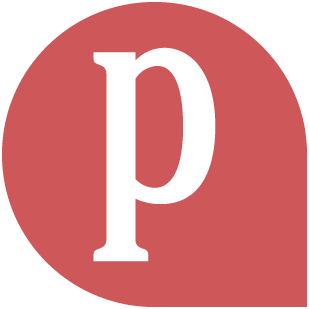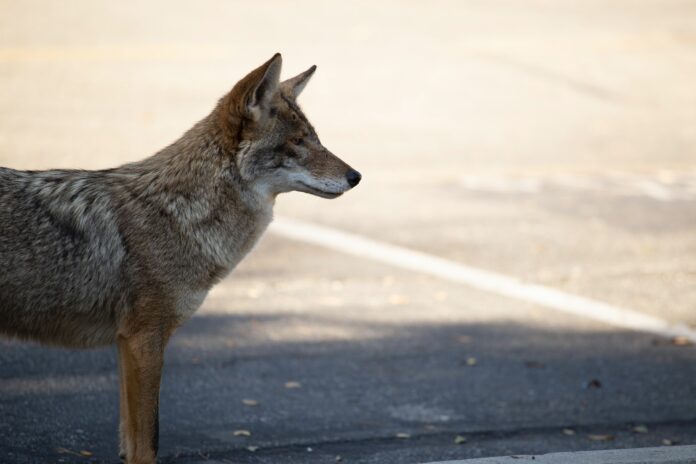It’s worse than we thought, these burnt-out
end-of-summer days. The sky a cracked husk.
Fish have turned up dead on the shore line
where an algal bloom has made the water red.
Rising, the heat clasps our skin, peeling it
layer by layer, leaving an embarrassing rash.
The highway lined with trash, scent
of congealed tomatoes underwriting the breeze.
We used to be gone until Labor Day,
everyone away somewhere, schools closed.
You can’t go a mile in the country
without finding the remains of a bird.
To have survived the hottest days,
is to know the animal inside you.
If you go for a run by the creek
you might get knocked down by a coyote.
If you stumble into a clump of star thistle
you’ll know you’re on curséd ground.
We go around the edge of a field
that was a park once, the weeds fully armed.
The clay packed with holes where snakes have been
spied coiled in the sunlight’s harsh dregs.
Click here to read Alan Soldofsky on the origin of the poem.
Image: photo by Ben Mater on Unsplash, licensed under CC 2.0.
Alan Soldofsky:
I began with the phrase, “It’s worse than what we thought,” that I overheard someone say at a coffee shop during the San Francisco Bay Area’s late August heatwave. I heard the remark not knowing the context. The poem’s task, I discovered, would be to construct a speaker’s voice from this conversational fragment. A speaker who, like me, likely had climate change on their mind. The poem’s first six lines came in the form of two tercet fragments. My impulse was to make a seasonal reference, but to not overdetermine the language. And to stay in a conversational register. But the tercet form didn’t feel right for the poem’s cadence.
So, I switched to couplets, a form which seemed to fit the cadence better, and which was generative of new lines, as well as allowed inclusion of other overheard fragments. A TV story about a red algae bloom along Oakland’s Lake Merritt killing thousands of fish that washed up along the shore entered the poem during the drafting process. That become the second couplet. Once the second couplet was in place, more lines began to generate themselves. The “embarrassing rash” came from a TV commercial running frequently at that time. The “highway lined with trash” describes the freeway I-280 onramp I frequently drive.
“We used to be gone until Labor Day” was another shred of overheard conversation, a couple bemoaning schools starting earlier in August than years before. And the line about a coyote knocking down a runner I lifted from another TV news story. Once I had written these lines, the problem was how they fit together. I moved them around a bit until I found what seemed the right order both for the poem’s music, rhythm, and the narrative movement. The final image of a field of clay pocked with snake holes was literally the place beside Coyote Creek where I walk daily. I tried to leave enough ambiguity so that the poem wouldn’t become dogmatically topical, leaving the poem’s context as much as possible open-ended.
Alan Soldofsky directs the MFA Creative Writing program at San José State University where he is a professor of English. His most recent collection of poems is In the Buddha Factory (Truman State University Press). With David Koehn, he is coeditor of Compendium: A Collection of Thoughts About Prosody by Donald Justice (Omindawn). His poetry has been nominated for a Pushcart Prize four times. His poems and critical essays have appeared in numerous magazines and journals, including recently in Catamaran, The Georgia Review, The Fiddlehead,The Gettysburg Review, Gigantic Sequins, The Greensboro Review, The L.A. Review of Books, Poem-a-Day, Poetry Flash, Puerto del Sol, Vox Populi, and The William Carlos Review. His work is included in California Fire and Water: A Climate Crisis Anthology and he contributed a chapter to the edited volume, Reading W.S. Merwin in a New Century, forthcoming from Palgrave Macmillan.
Photo Credit: Geoffery Smith II
Latest posts by Alan Soldofsky
(see all)



the heat, the drought and now the smashing rains.
thanks for capturing this snapshot in the cycle.